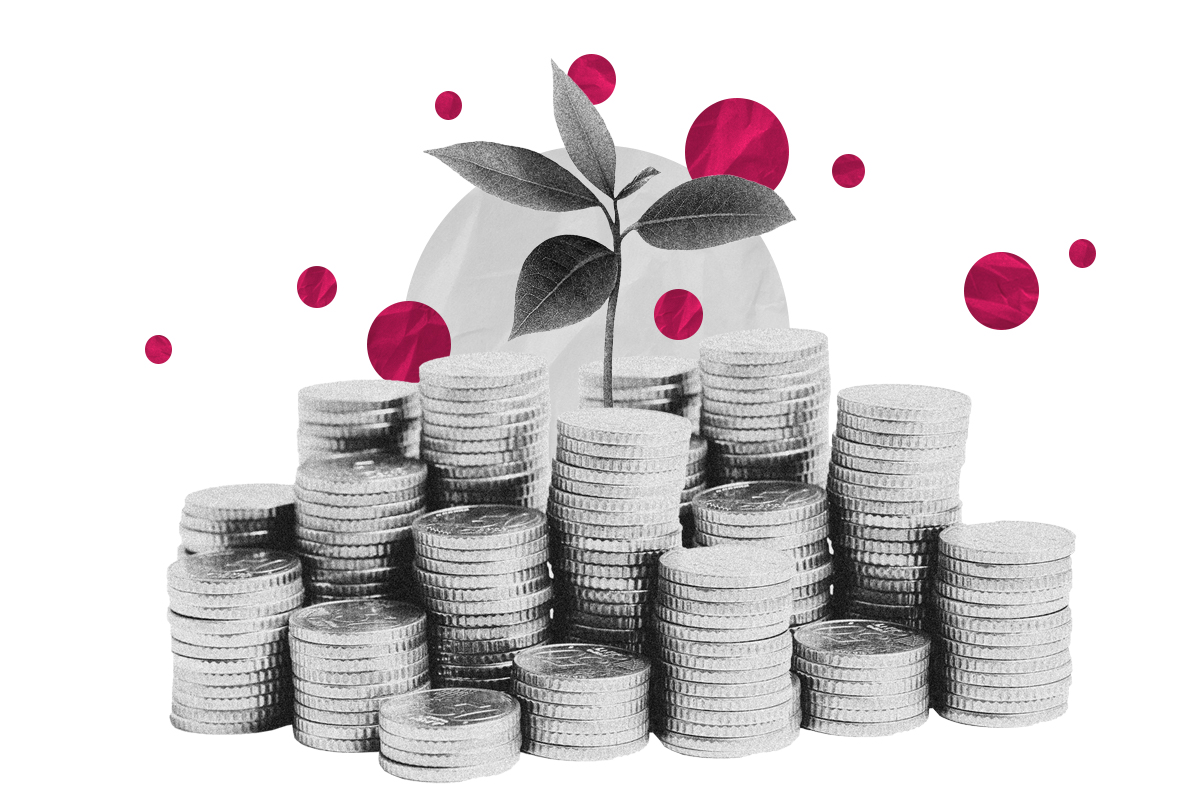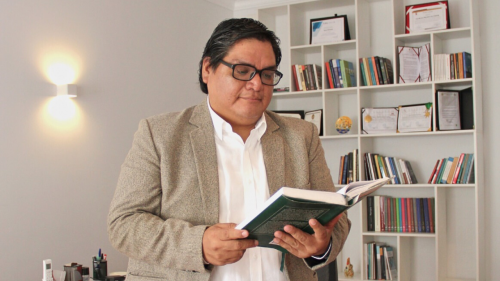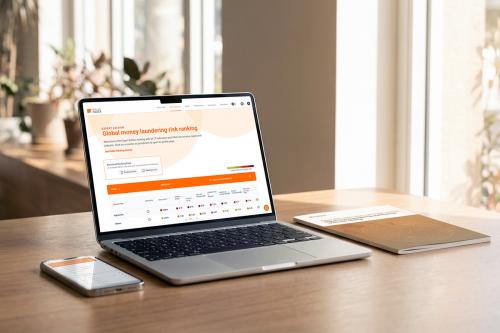Smarter use of confiscated assets would multiply their impact

Within days of Russia’s illegal invasion of Ukraine, Western governments imposed unprecedented economic sanctions against the Russian state and certain Russian oligarchs. They are now working to identify and freeze assets linked to sanctioned individuals and entities – a magnificent challenge in itself.
Expectations are already skyrocketing as regards the potential of confiscating these assets, and politicians make strong statements about how they should ultimately be used. This has put a political spotlight on a debate that has long been on the agenda of asset recovery discussions: how should recovered assets be utilised?
This is not only a legal but at least as much a political issue, because international treaties are not specific in this regard. The public are often cynical when faced with claims of recovered assets which are allocated to the general budget with little or no oversight. Sometimes, the speculation is that the same recovered assets have been diverted for the benefit of individuals rather than the collective good.
Recognising this risk and the public expectation, countries that return or receive recovered assets have tried various schemes over the years to safeguard and maximise their use. None of these discussions has been plain sailing, also because each case of asset repatriation is very different – legally, technically and politically.
In countries that we support through our International Centre for Asset Recovery, there have been some really interesting and innovative initiatives to utilise assets:
For pandemic-struck hospitals
In Kenya, as pandemic-related pressure mounted on the country’s health system, the Office of the Director of Public Prosecutions and the Ethics and Anti-Corruption Commission handed over 20 billion Kenyan shillings (approximately USD 18 million at the time) to the Ministry of Health to equip the countries’ hospitals with equipment. Formally handed over at a ceremony to which the media were invited, the money came directly from confiscated proceeds of corruption.
So in this case, the recovered assets were not only put to good use in the fight against Covid-19. The action also helped to demonstrate how corruption hurts citizens, and in turn how recovering stolen assets can benefit citizens – and to right a wrong of which Kenyan citizens have been the victims.
For student bursaries
The Kenyan example triggered a great deal of interest in the region in how recovered proceeds of corruption could be tangibly and visibly utilised. Next, in February 2022, the Zambia Anti-Corruption Commission publicly handed over USD 57,000 USD and 65.3 million kwacha (approximately USD 3.6 million) of recovered funds to the Ministry of Education. Both the Minister and the President committed to utilising these funds for bursaries to enable under-privileged students to complete university education. Here, too, citizens who are the primary victims of corruption are the ones to feel the direct benefit of asset recovery.
To strengthen criminal justice institutions
Internationally recovered proceeds of corruption have been used in similarly positive ways. An interesting example comes from Peru, which in 2020 signed a tripartite agreement with Switzerland and Luxembourg in relation to around USD 26 million in repatriated assets that had been stolen through corruption under the regime of former President Fujimori.
Under this agreement, these assets are now being used to strengthen the country’s criminal justice and asset recovery institutions. Peru’s proposal to use the funds in this way goes straight to the core of the problem – corruption – and will help multiply the impact of the returned funds. The agreement also contains provisions that will ensure transparency and accountability in the use of the funds.
For intensive care units and Covid-19 relief
Another interesting example is the asset-sharing agreement signed in March 2022 between Kenya and the Bailiwick of Jersey to repatriate GBP 3 million to Kenya. This was the culmination of a multi-year investigation and prosecution which led to the confiscation of funds from a Jersey-registered company, Windward Trading.
It was the Windward Trading case that had originally triggered the development of the Framework for the Recovery of Funds from Crime and Corruption in Kenya (FRACCK), which was signed by the Governments of Kenya, Jersey, Switzerland and the UK in 2018. The purpose of the agreement is to streamline the repatriation of funds to Kenya and to ensure that they will be utilised in line with national development priorities. The agreement also provides for the monitoring and evaluation of the use of returned funds.
In this first utilisation, under the Kenya–Jersey agreement, the recovered assets are to be used to acquire medical equipment for intensive care units and to assist families adversely affected by the pandemic. Similar to the Covid-19 use of domestically repatriated funds, citizens will be able to experience the direct impact of successful anti-corruption enforcement.
Considering the causes, consequences and victims of corruption
There are other examples where recovered assets have been used in innovative and interesting ways, and more in the pipeline. What these examples all have in common is that careful consideration was given to either the root cause of corruption (Peru) or to the harm caused by corruption and their victims (Kenya, Zambia).
The international cases (Peru and Kenya) have also benefited greatly for a collaborative attitude of both requesting and requested states.
The recovery of stolen assets is of course about the money. But just as much it is about what we sometimes refer to as the “soft assets”. Namely, that citizens benefit from the enforcement action and the original negative impact of corruption is at least somewhat countered. In time, the rule of law, trust in government and effective public services are restored.
The above examples provide some food for thought for countries grappling with the question of how best to employ recovered proceeds of corruption and other crimes. The answers they come up with may be different, but what’s important is that all sides – including citizens – get the clear sense that something good came out of the bad.



